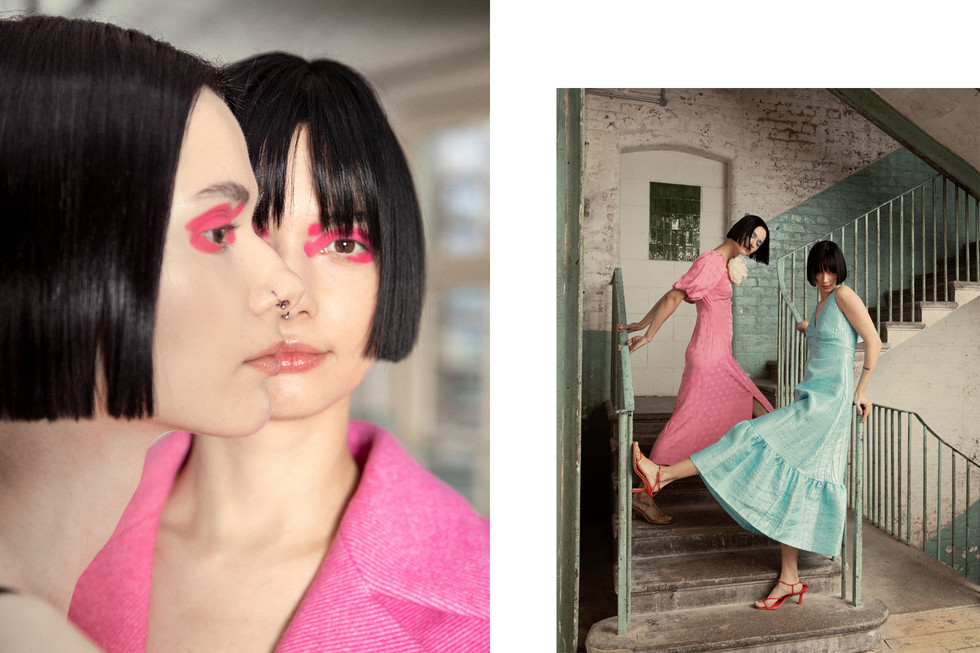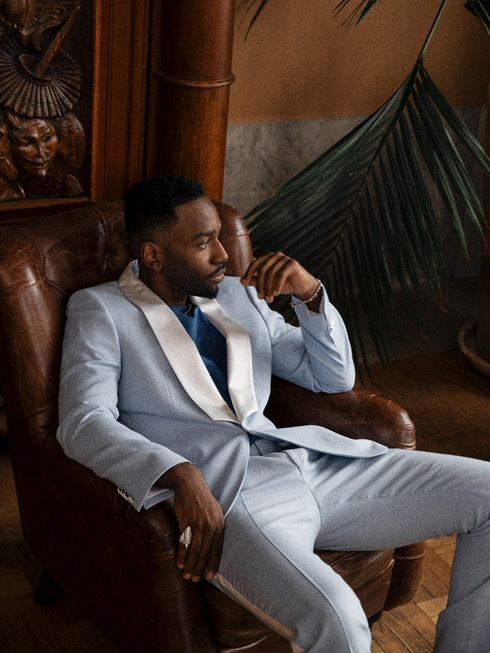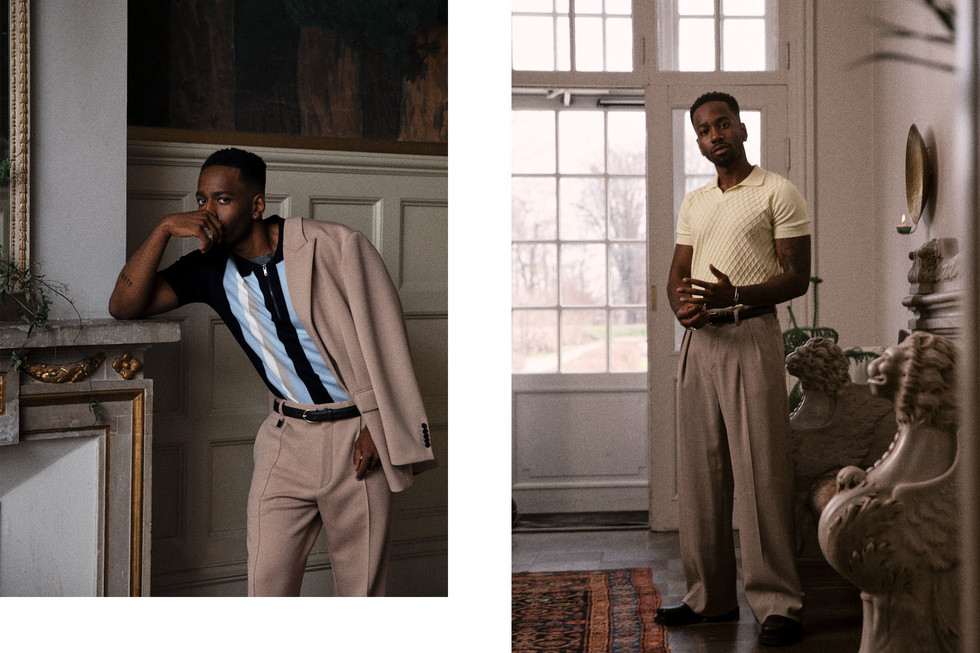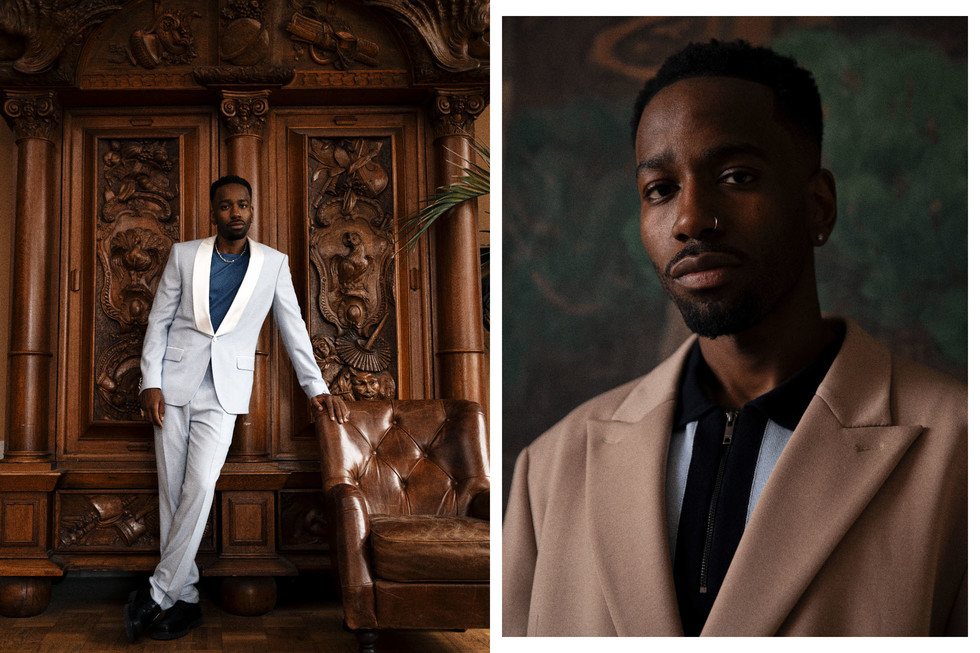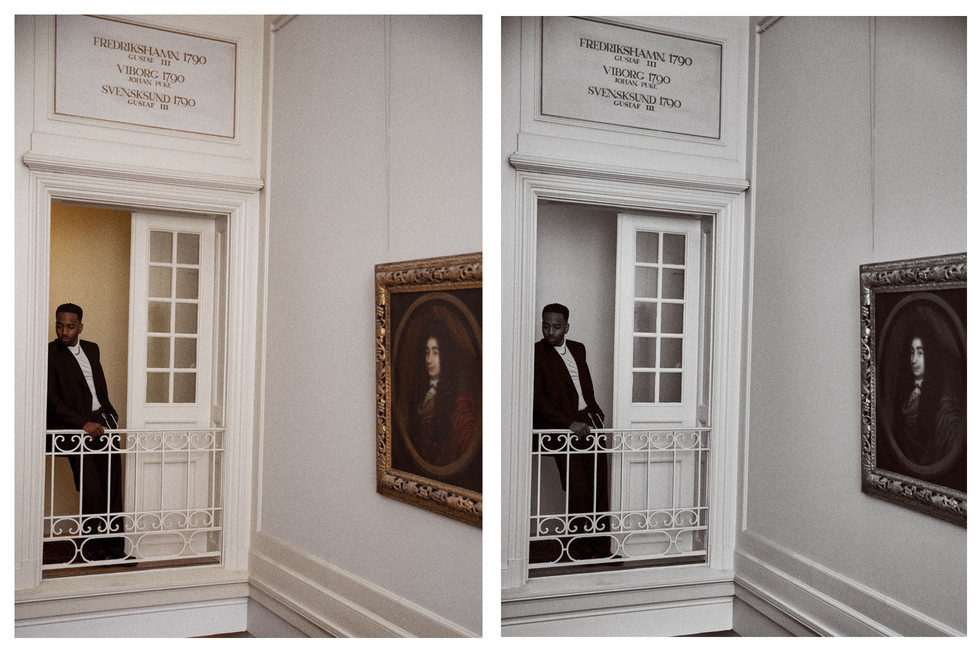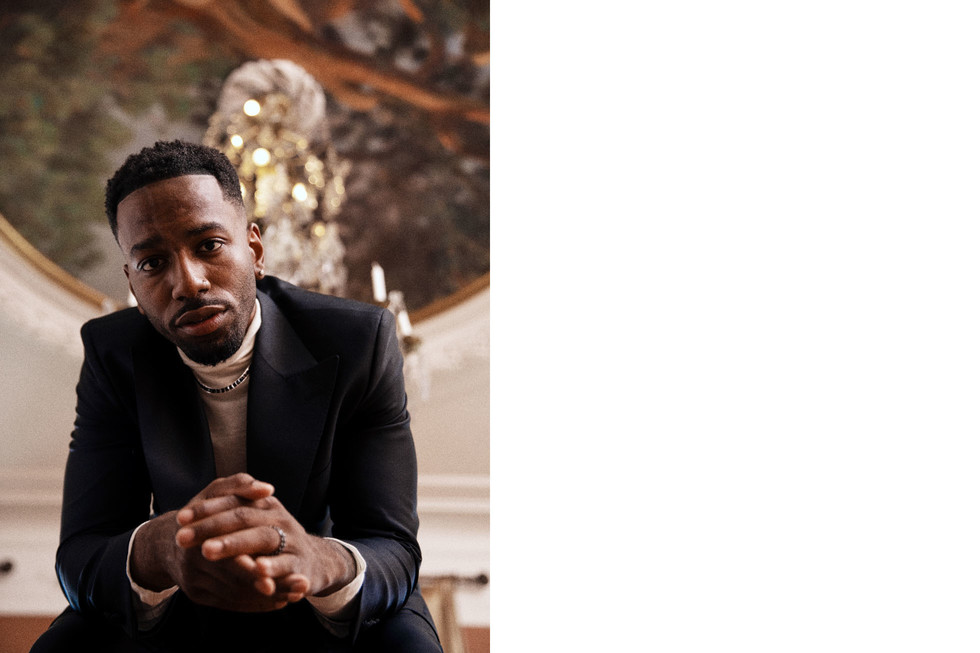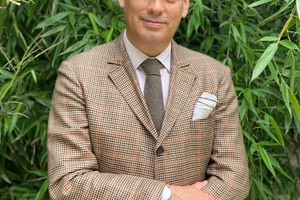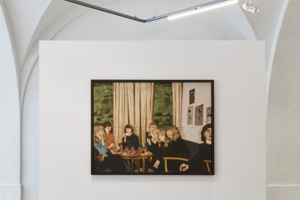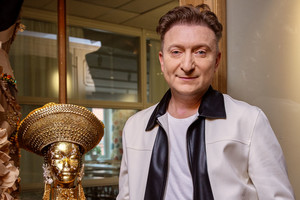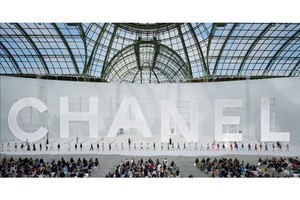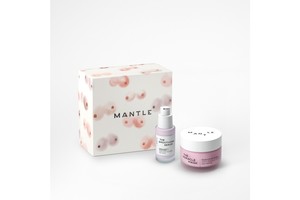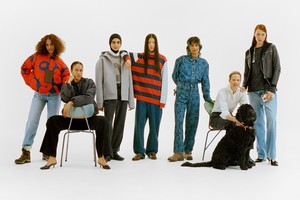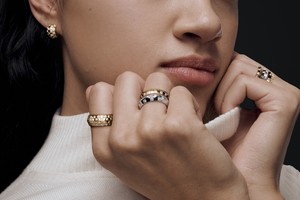The Design Interview: Vincent Laine
Written by Yasmine MFor the design enthusiasts within photography and lifestyle, you may have come across this designer's work. Vincent Laine is the award-winning designer, behind products such as the Leica Q and Q2, Hasselblad CFV-50c and lately the Db Ramverk Pro Luggage collection. Today, as the creative director at Db, he still is focused on his minimalistic yet powerful designs. Odalisque Magazine, got a sit down with the designer to talk about his journey, aspirations for his upcoming work and thoughts on Japanese Kansei Design.
Y: When did your passion for design start? Tell us a bit about your journey within design.
V: Most of my family members had a medium for creative output whether it was painting, garments or woodwork. With that said I do not believe that this kind of upbringing validates your creative capabilities by any means, or is a prerequisite in order to pursue a creative career - it is just my story and thinking about about makes me feel grateful. When thinking about the range of creative mediums that I work with from product design, photography, physical installations, video, copy and so on - I can certainly reference the openness to any medium or creative field through my childhood.
You have designed everything from Leica cameras to luggage. How did that happen and what has been most fun and inspiring?
As a teenager I started searching for “my” creative field, and later ended up in design school. During studies me and some classmates won a local design contest and I bought a camera for the money - only to end up extremely dissatisfied with the product because of how poor the user experience was, of crafting an image with that camera was. I was already 3-4 years into design school and so I decided to design my own camera (as a fake 3D concept) to provoke and channel my frustration, but I wanted this to feel and look real, so I picked Leica as the brand for this concept and studied their design language and brand assets to include that into my work. A couple of weeks later I received a phone call from the director of product management at the time, the call started with a firm explanation of how I had vialated the right to use their brand in my work - but towards the end of the call the tone shifted ending up with an internship at Leica. A year later (2014) I had dropped out of the university and landed my dream job as product designer at Leica.
''I was already 3-4 years into design school and so I decided to design my own camera…''
How was it to start at Leica?
The first project on my table was the Leica Q. Over the following years I got the opportunity to also design the Leica Q2, before leaving Germany and going back home to Sweden, more precisely Gothenburg where the camera brand Hasselblad is located. A great brand dedicating their craft to design and photographic excellence - but I wouldn’t help but noticing a pattern of repetition. Not just by designing camera bodies and lenses but also through celebration of historical brand milestones. Leica had celebrated their 100 year anniversary when I joined and at Hasselblad the celebration was 50 years on the moon and it got me thinking “Id like to be a part of making those milestones instead looking back.
Tell me a bit more about your design journey for DB? How did you start out at DB?
As a camera designer I traveled to see the world through my viewfinder and ultimately improve them - but instead something else caught my attention. Luggage. Hard case luggage in particular. I had a hard time finding a brand that spoke to me as a young creative. When I looked at the market I saw many luggage companies producing luggage - but very few brands with a belief and a perspective on the world. So, I started looking for up and coming brands and came across Db - contacted them and pitched hard case the same way as I did a few years back at Leica. A couple months later (October 2019) I moved to Oslo to design the hard case collection today known as the Ramverk Pro. Everything originated from the Ramverk Front Access Carry-on which was designed to host a professional camera insert if you are a photographer. The only way to create this spacious carry-on hard case was to connect the shells together somehow and our solution to that was the aluminum frame. The frame was then carried over to the other sizes of the collection - but instead of connecting the shells together - it works as a closure mechanism replacing the weakest component of conventional luggage, the zipper.
As the appointed Creative Director, what are your aspirations and hopes for the brand, especially the travel pieces? What is important for you to focus on?
My hope is that Db as a brand continues to push the envelope of creative thinking, through both design and marketing at the intersection of our subcultures where we enable these journeys and stories to happen all over the world. I genuinely believe that mixing genres of creativity is the future. Look at music 100 years ago, “featuring XYZ” between artists was unheard of, mixing genres even more so - now it’s the norm and new subcategories are created every day. That’s the vibe and spirit that I see for Db in the future just through product and culture. Db has an inherent duality that speaks evolution to me, designing so-called “spearhead” products in core communities and subcultures like skate, snow surf and photo. But instead of trying adapt to each activity or community, we believe in a more holistic approach where our perspective on design is the constant - essentially what it comes down to is the juxtaposition of two components - Rugged and Refined. A layering that we call Capable Elegance. Capable enough to be thrown in back of a safari, elegant enough be a part of your furniture when you get home.
How did you choose the fabrics and designs for the latest Ramverk Pro? What makes it special for you, and is there something you are especially proud of with the latest design?
The fabrics of the Ramverk Pro were carefully selected in terms of touch and feel but even more so since we were in a phase at Db while we were shifting all our main fabrics to 100% recycled. In this case 100% recycled Polyester.
In social media you talked about Kansei design, a Japanese term that refers to the thought that objects evoke feelings. Tell me a bit more about that.
I believe that objects and products evoke emotions within all of us, some people are more sensitive than others. But at the end we are vastly affected by the products and objects around us and I believe we speak too little about it, even in design. Maybe because it is a bit abstract, maybe because it’s personal or maybe because there is vulnerability in the statement. Nevertheless I designed the hard case collection to radiate confidence, through its features, precision, center of gravity, haptics, materials - why? Because my conviction was that confidence is the number one emotion you want to feel when going to that photo shoot, design pitch, interview, show or whatever is happening in your life. The last thing you want is to not be able to trust your gear.
As someone who design luggage, what are some important things you do when traveling? Any travel advice? Going places usually gives you the opportunity to observe human behaviour filtered through different cultures or sometimes even raw instinct. I find this inspiring. At the end of the day, as designers we are forming the future and it is important to connect with a collective present - travel can provide that vantage point and render it from a distance where things align into a pattern. The best souvenir one can bring back home if you ask me. Working for a journey brand I do travel for both work and personal reasons. For work it’s mostly about coming together as a group, whether it is with the team or our customers/community. When I travel outside of work it’s usually to trigger new emotions, to grow and get the time to reflect in an environment where I dont know the names of the streets if the place even offers such luxury.
As a designer and visionary, where do you hope your next travel destination is and why?
As a designer Japan has a special place in my heart. It triggers curiosity, hope for the future and naturally surrounds you with genuine passion for creation.






